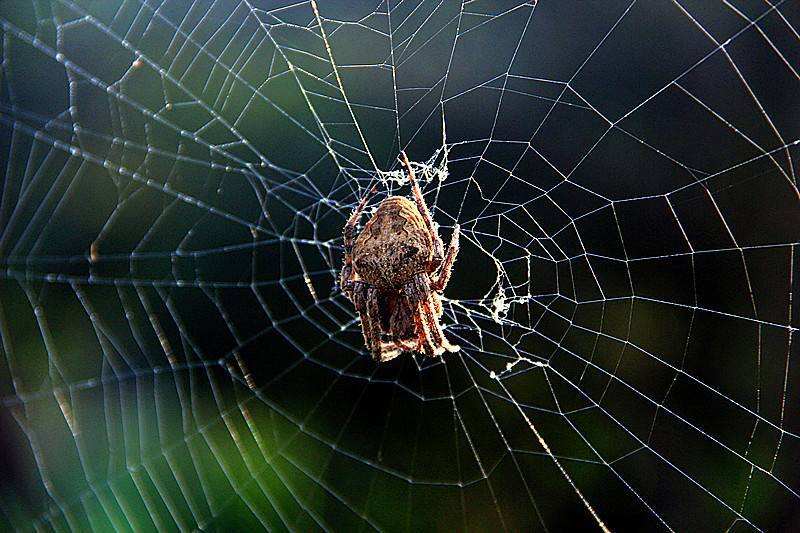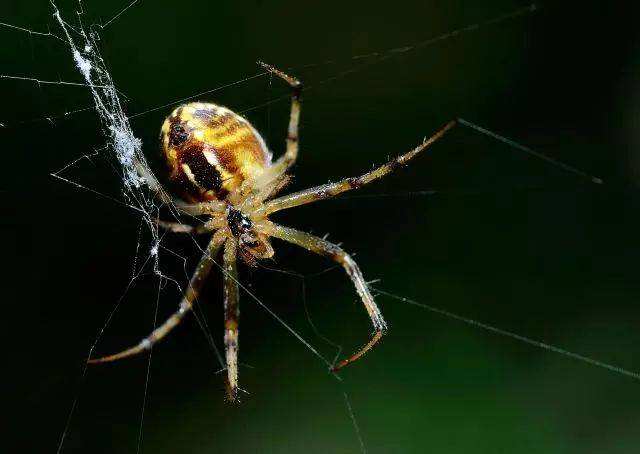Free Fire: Becoming the Hottest Tactical Competition Game in the US After Its Success in Southeast Asia and Latin America
Launched 3 years ago, "Pokemon Go" is still going strong!
Free Fire Shows Strong Momentum, with Its Revenue Overtaking PUBG Mobile in a Single Market for Q1 2021
Slay the Spire: Deck-Building Mastery Unleashed
How Much do you Know About the Game Minecraft?
Supercell‘s sixth mobile game "Rush Wars" is now in beta
Japanese scientists used chemical tools in the laboratory to simulate the orderly ejection of cobwebs from spinnerets, uncovering the mechanism for this natural phenomenon, and providing theoretical basis for simulating the spinning process and creating super-toughened sustainable materials in the future. Related research results were published in the latest “Science Progress” journal.
 Cobwebs are in liquid form at the beginning, but within a second, this viscous liquid-like protein would transform. After leaving the spider’s body, something called fibroin will fold and intertwine themselves, building a highly organized structure without the help of any external force.
Cobwebs are in liquid form at the beginning, but within a second, this viscous liquid-like protein would transform. After leaving the spider’s body, something called fibroin will fold and intertwine themselves, building a highly organized structure without the help of any external force.
Said Ali Malai, a structural biologist and biochemist at the Sustainable Resources Science Center of Japan’s Institute of Physical and Chemical Research (RIkagaku KENkyusho), “This self-assembly process could fabricate materials with unique properties.”
Scientists have been trying for years to simulate cobwebs, in hope of creating super-tough and sustainable materials. To this end, they have been studying what chemical inducement could turn the liquid stored in silk gland into cobwebs.
This time, the researchers proposed a new method, using chemical tools in the laboratory to simulate the orderly ejection of cobwebs from spinnerets. They found that a key step of spinning is that spiders need to separate the fibroin from the water buffer wrapped in silk glands-this step will make the fibroin highly concentrated; subsequently, the influx of acidic substances will help the fibroin securely interlocked.
Anna Reis, an expert at Sweden’s Karolinska Institute (not involved in this experiment), said that cobwebs must undergo metamorphosis when they leave spider’s body. When fibroin is still in the glands, they must be suspended in a “very high concentration” liquid form, almost as viscous as toothpaste.

The researchers also found that the dehydration of the liquid fibroin during movement is a prerequisite for this self-assembly. Further research showed that timing and efficiency are both key elements of the spinning process. If the cobwebs harden too early, they will block the spider’s glands; if too late, the spider may only spin unshaped liquid.
This paper replaced real spider with a simplified laboratory model. Angela Alicia-Serrano, a cobweb researcher at the University of Akron (not involved in this experiment), said that this meaningful study could give people a glimpse of the mechanism and process of spinning. “We have seen so many experiments about the beginning and end of this process, but we haven't seen any about the important process between.”